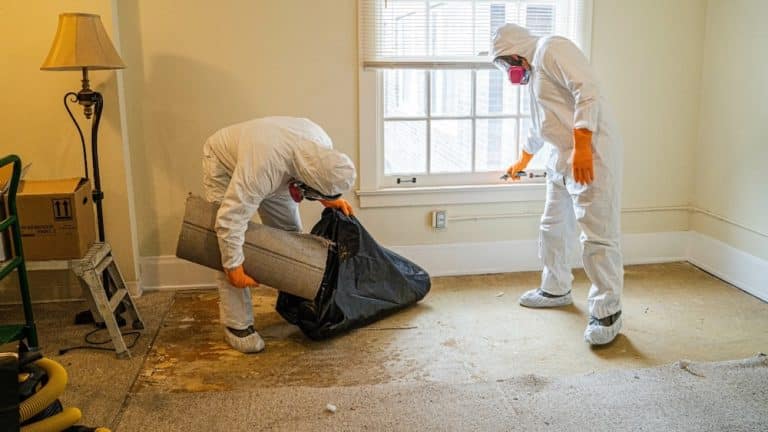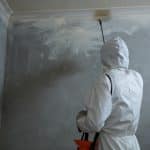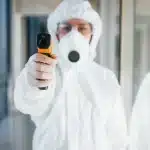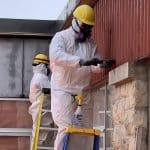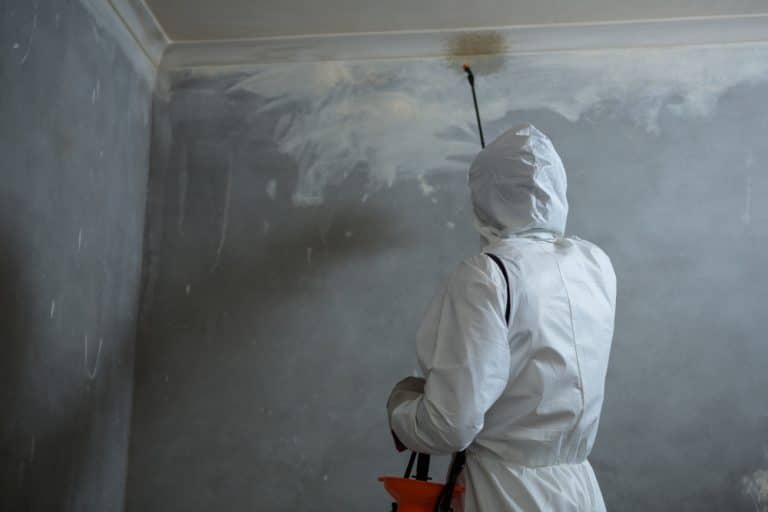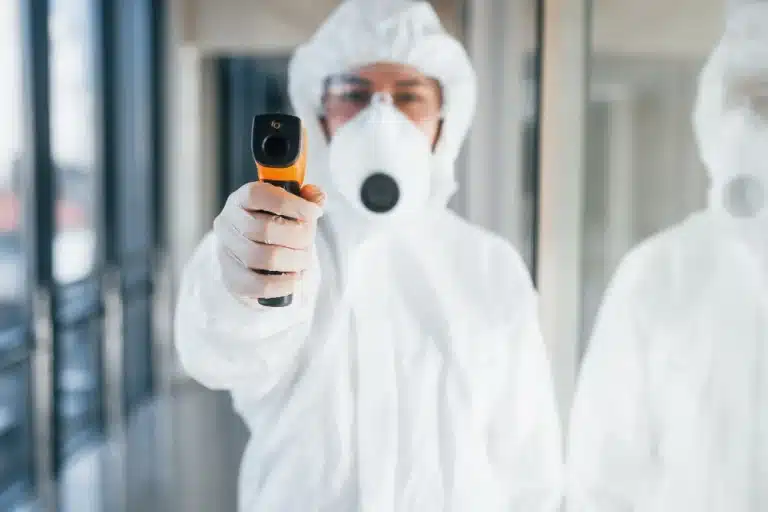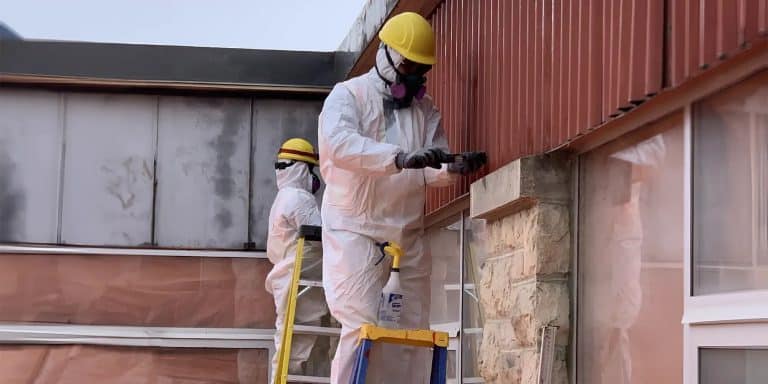If your Vancouver home was built before 1990, there’s a good chance some part of it contains asbestos — a once-common material prized for heat resistance and strength. The problem? When disturbed, those tiny fibers can cause serious long-term health risks.
Whether you’re planning a kitchen remodel or tearing out old flooring, testing before renovation isn’t optional — it’s required under WorkSafeBC regulations.
Here’s a list of 12 hidden places asbestos often hides in older Metro Vancouver homes — and what to do if you find it.
1. Popcorn Ceilings & Textured Finishes
Asbestos was added to ceiling texture to prevent cracks and improve fire resistance. Even small patches can test positive. Never scrape or sand before professional testing.
2. Vinyl Floor Tiles & Adhesive
Tiles from the 1960s-1980s often contained asbestos — and so did the black mastic glue beneath them. Lifting old flooring can easily release fibers.
3. Drywall Joint Compound (“Mud”)
Even if your drywall sheets are asbestos-free, the joint compound used to seal seams might not be. It’s one of the most overlooked sources in Vancouver homes.
4. Pipe & Duct Insulation
Older heating systems used asbestos-wrapped pipes and elbows to retain heat. Damaged insulation should never be handled — have a certified abatement crew assess it.
5. Furnace & Boiler Gaskets
Asbestos gaskets were common in older boilers and furnaces. If your heating system predates the 1990s, get it checked before maintenance or removal.
6. Attic Insulation (Vermiculite)
Zonolite-brand vermiculite insulation may contain asbestos. It looks like shiny pebble-like pellets — if you see it, don’t disturb it.
7. Cement Board & Siding
Some older exterior sidings and cement boards used asbestos for strength. Cutting or drilling into them releases dust — professionals should handle removal.
8. Roofing Shingles & Flashing
Asbestos-containing shingles and roofing felt were widely used. When reroofing, ensure testing is done before disposal or cutting into old material.
9. Plaster Walls & Ceilings
Decorative plaster and stucco can conceal asbestos fibers — especially in homes renovated in the mid-century period.
10. Linoleum Backing
Many sheet linoleum products had an asbestos felt backing. When old linoleum is removed, that backing can easily tear and release fibers.
11. Caulking, Putty & Window Glazing
Some caulking compounds and window glazing putties contained asbestos for weather resistance. These areas are often forgotten during testing.
12. Old Appliances & Electrical Panels
Vintage ovens, toasters, and electrical switchboards sometimes contained asbestos insulation. Always dispose of old units safely.
What To Do If You Suspect Asbestos
- Stop work immediately. Disturbing materials increases exposure risk.
- Get professional testing. A certified asbestos removal company can safely collect samples and send them to an accredited lab.
- Follow WorkSafeBC guidelines. Testing is mandatory before most renovation, demolition, or maintenance work in BC.
- Hire a licensed abatement company. DIY removal is illegal in many situations and unsafe without containment equipment.
Call Us at Rocky Demolition & Asbestos Removal Now
Worried your Vancouver home might contain asbestos?
Book a free on-site visual inspection or fast-track testing service with our certified abatement team.
SITE ASSESSMENT
We discuss your project to understand your needs and expectations.
SAFE EXECUTION
We carry out the work with precision, prioritizing safety.
CLEANUP & DISPOSAL
We handle debris removal, leaving the site clean and ready.
DO YOU NEED HELP? BOOK AN APPOINTMENT TODAY!
SCHEDULE APPOINTMENT
FAQ
Is asbestos testing required before renovation in Vancouver?
Yes. Under WorkSafeBC rules, homeowners and contractors must identify asbestos before disturbing building materials.
Can I remove asbestos myself?
DIY asbestos removal isn’t recommended and can be illegal without proper containment and disposal permits.
Where can I dispose of asbestos waste in Vancouver?
Approved disposal sites include the Vancouver South Transfer Station and North Shore Transfer Station — materials must be double-bagged, labeled, and dropped off by appointment.

